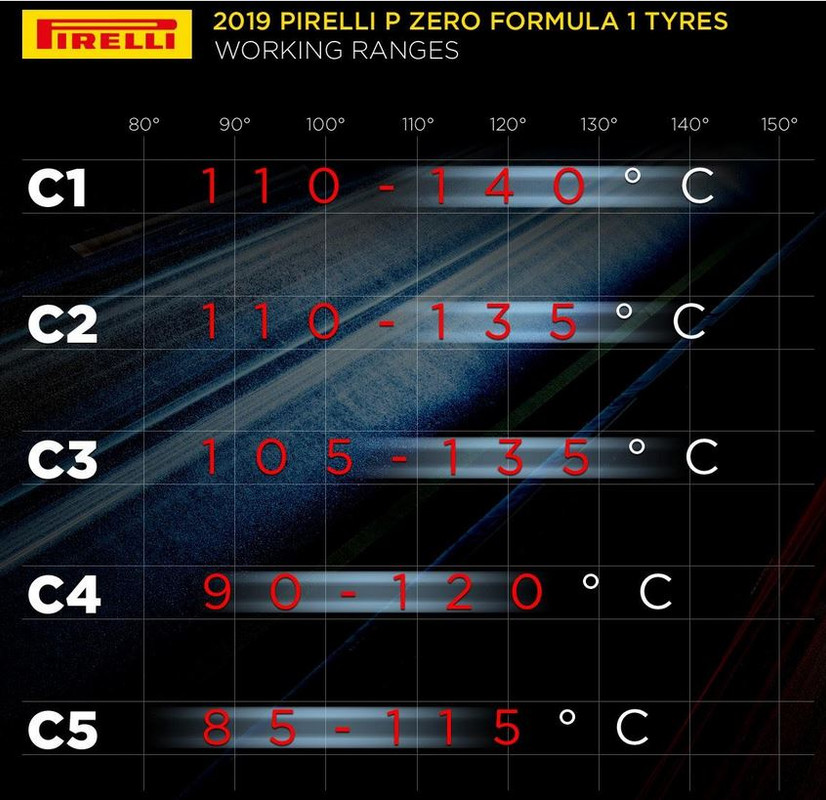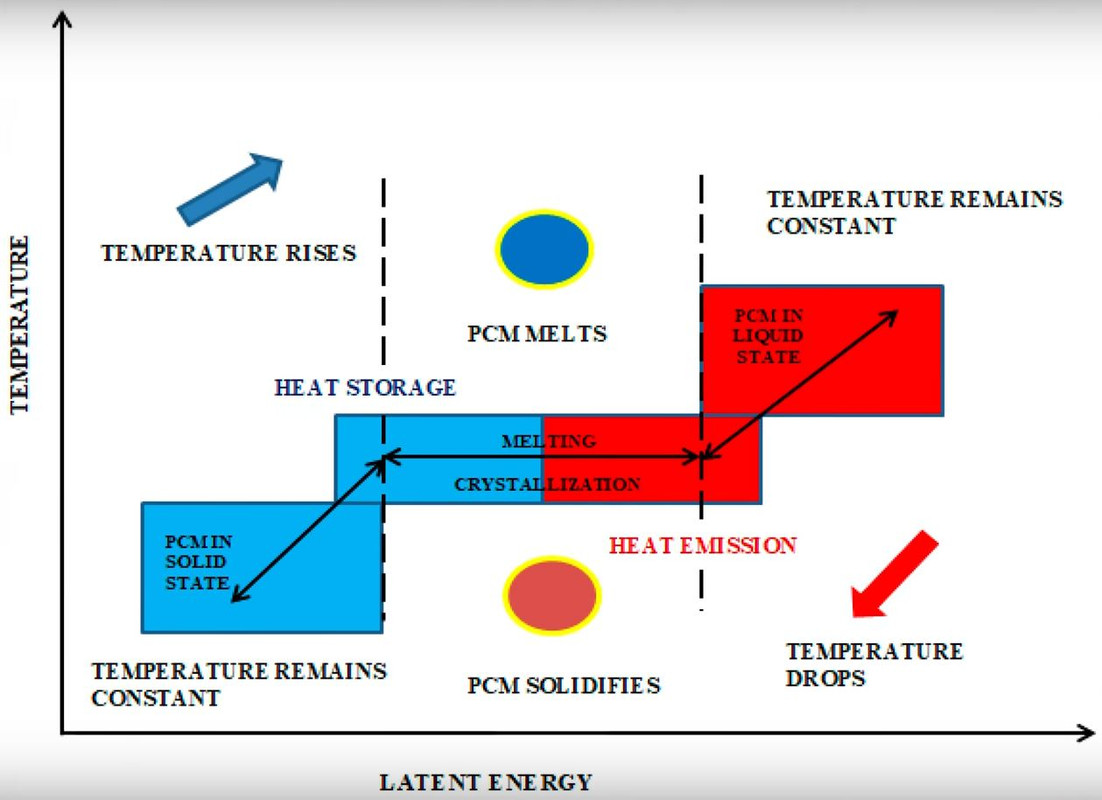I feel we are getting warmer, pun intended
- Login or Register
No account yet? Sign up
I feel we are getting warmer, pun intended
organic wrote: ↑13 May 2025, 11:17https://autoracer.it/it/ferrari-a-imola ... -pacchettoAutoRacer has information that suggests Imola will be a round with no significant new features on the SF-25. At the circuit named after Enzo and Dino Ferrari, the red car is scheduled to carry out a one-off test involving the use of a new rear brake duct , updated in the internal ducts, both for aerodynamic reasons and for different cooling management.
Seems that both Red Bull and Ferrari will bring new brake ducts at Imola (although for Ferrari only a test item)organic wrote: ↑13 May 2025, 08:36Further confirmation from different source that red bull intend to bring their own McLaren-inspired brakes
https://www.the-race.com/formula-1/mcla ... very-plan/
Red Bull's engineers are instead exploring aerodynamic solutions, suspecting that McLaren may be controlling tyre temperatures through clever heat management between the brake drum and the inner sidewall of the tyre - possibly through convective cooling.In a bid to close the gap, Red Bull has been working on a new brake bell configuration and revised cooling ducts, taking inspiration from McLaren's solution. The Race understands that the development has been underway since the season-opening Australian Grand Prix.





No. There only can be air cooling, per rules. Pretty clear cut.TeamKoolGreen wrote: ↑14 May 2025, 05:41^ Screenshot from that video
Look at how close the shrouding around the rotor is to the rotor itself.(top left) That is insane. There's no room for air. There's something other than air cooling going on there.
https://i.postimg.cc/XYxqgSfz/brake33.jpg
Should yes, but it doesn't mean it is. This is F1. Maybe the FIA post race Miami check revealed something from the inside which the FIA didn't see yet. Some things take time at the FIA. We'll see in Imola or future GP's if the McLaren system is still the same. Could be they are only asked to change some materials. Then you see the same design but less effective cooling.Hoffman900 wrote: ↑14 May 2025, 06:19No. There only can be air cooling, per rules. Pretty clear cut.TeamKoolGreen wrote: ↑14 May 2025, 05:41^ Screenshot from that video
Look at how close the shrouding around the rotor is to the rotor itself.(top left) That is insane. There's no room for air. There's something other than air cooling going on there.
https://i.postimg.cc/XYxqgSfz/brake33.jpg
Revealed: The genius solution behind McLaren's game-changing brake design
RacingNews365's technical analyst Paolo Filisetti reveals the genius idea behind McLaren's brake system that has attracted attention from all the other F1 teams.
Paolo Filisetti
Today, 18:20
© XPBimages
As we previously explained in another article, McLaren has a decisive advantage over the rest of the F1 field when it comes to tyre management, and chiefly degradation.
This is not just usually degradation, but also thermal deg, with Red Bull in particular raising doubts about the legality of the MCL39's inner brake drums, after obtaining thermal images allegedly showing cool spots deep within the complex cooling system of the drum.
In Miami, the FIA carried out an in-depth check of the brakes, with nothing illegal found. RacingNews365 understands that rival teams are now studying closely McLaren's design and putting resources into developing their own versions to ensure McLaren alone does not benefit.
It is becoming increasingly clear that the Woking squad has managed to achieve the goal of keeping operating temperatures and tyre pressures under control, and isolating them from the heat produced by the brakes.
McLaren has cleverly used a sort of micro net of PCM, Phase Changing Materials, inside its brake drums.
This is a mesh composed of tiny tubes containing metal alloys, which have a melting point, depending on the type of metal used, of between 120 and 200 degrees celsius.
The alloys, imagine a section of iron wire covered in a thin plastic casing, form a thin mesh membrane inside the drum and its ducts. The PCMs are able to absorb heat up to the melting point, much the same principle as an ice cube in a drink.
The ice cube maintains its temperature of zero degrees until it melts, with these thin metal alloys absorbing the heat until it reaches the melting point. It has the effect of keeping the air under control, preventing the air passing through the drum from raising the temperature and transfering heat to the drum.
As indicated above, rival teams such as Mercedes and Red Bull are evaluating a rapid application of the system for upcoming races, with Ferrari also understood to be looking at the system, as are the remaining teams on the grid.
A first version could be introduced in time for the Spanish GP in June, but given the turnaround time, and the already big flexi-wing changes coming into force in Barcelona, it is more likely another team would wait until the Canadian GP to bring the upgrade - at a circuit where the brakes are a crucial factor in performance.
No it's not. That's lacking in knowledge by the observation.TeamKoolGreen wrote: ↑14 May 2025, 05:41^ Screenshot from that video
Look at how close the shrouding around the rotor is to the rotor itself.(top left) That is insane. There's no room for air. There's something other than air cooling going on there.
https://i.postimg.cc/XYxqgSfz/brake33.jpg
Don't expect any design changes, it's completely legal, expect the FIA to announce this at the Imola Grand Prix.Alexf1 wrote: ↑14 May 2025, 08:05Should yes, but it doesn't mean it is. This is F1. Maybe the FIA post race Miami check revealed something from the inside which the FIA didn't see yet. Some things take time at the FIA. We'll see in Imola or future GP's if the McLaren system is still the same. Could be they are only asked to change some materials. Then you see the same design but less effective cooling.
What in the ChatGPT is this?Watto wrote: ↑14 May 2025, 12:13https://racingnews365.com/place-holder- ... m_source=x
Revealed: The genius solution behind McLaren's game-changing brake design
RacingNews365's technical analyst Paolo Filisetti reveals the genius idea behind McLaren's brake system that has attracted attention from all the other F1 teams.
Paolo Filisetti
Today, 18:20
© XPBimages
As we previously explained in another article, McLaren has a decisive advantage over the rest of the F1 field when it comes to tyre management, and chiefly degradation.
This is not just usually degradation, but also thermal deg, with Red Bull in particular raising doubts about the legality of the MCL39's inner brake drums, after obtaining thermal images allegedly showing cool spots deep within the complex cooling system of the drum.
In Miami, the FIA carried out an in-depth check of the brakes, with nothing illegal found. RacingNews365 understands that rival teams are now studying closely McLaren's design and putting resources into developing their own versions to ensure McLaren alone does not benefit.
It is becoming increasingly clear that the Woking squad has managed to achieve the goal of keeping operating temperatures and tyre pressures under control, and isolating them from the heat produced by the brakes.
McLaren has cleverly used a sort of micro net of PCM, Phase Changing Materials, inside its brake drums.
This is a mesh composed of tiny tubes containing metal alloys, which have a melting point, depending on the type of metal used, of between 120 and 200 degrees celsius.
The alloys, imagine a section of iron wire covered in a thin plastic casing, form a thin mesh membrane inside the drum and its ducts. The PCMs are able to absorb heat up to the melting point, much the same principle as an ice cube in a drink.
The ice cube maintains its temperature of zero degrees until it melts, with these thin metal alloys absorbing the heat until it reaches the melting point. It has the effect of keeping the air under control, preventing the air passing through the drum from raising the temperature and transfering heat to the drum.
As indicated above, rival teams such as Mercedes and Red Bull are evaluating a rapid application of the system for upcoming races, with Ferrari also understood to be looking at the system, as are the remaining teams on the grid.
A first version could be introduced in time for the Spanish GP in June, but given the turnaround time, and the already big flexi-wing changes coming into force in Barcelona, it is more likely another team would wait until the Canadian GP to bring the upgrade - at a circuit where the brakes are a crucial factor in performance.
Italian media. They think that engineering is throwing technical buzzwords at a piece of paper. It's like when Ferrari get their annual 30 HP power boost and one second faster chassiHoffman900 wrote: ↑14 May 2025, 13:09What in the ChatGPT is this?Watto wrote: ↑14 May 2025, 12:13https://racingnews365.com/place-holder- ... m_source=x
Revealed: The genius solution behind McLaren's game-changing brake design
RacingNews365's technical analyst Paolo Filisetti reveals the genius idea behind McLaren's brake system that has attracted attention from all the other F1 teams.
Paolo Filisetti
Today, 18:20
© XPBimages
As we previously explained in another article, McLaren has a decisive advantage over the rest of the F1 field when it comes to tyre management, and chiefly degradation.
This is not just usually degradation, but also thermal deg, with Red Bull in particular raising doubts about the legality of the MCL39's inner brake drums, after obtaining thermal images allegedly showing cool spots deep within the complex cooling system of the drum.
In Miami, the FIA carried out an in-depth check of the brakes, with nothing illegal found. RacingNews365 understands that rival teams are now studying closely McLaren's design and putting resources into developing their own versions to ensure McLaren alone does not benefit.
It is becoming increasingly clear that the Woking squad has managed to achieve the goal of keeping operating temperatures and tyre pressures under control, and isolating them from the heat produced by the brakes.
McLaren has cleverly used a sort of micro net of PCM, Phase Changing Materials, inside its brake drums.
This is a mesh composed of tiny tubes containing metal alloys, which have a melting point, depending on the type of metal used, of between 120 and 200 degrees celsius.
The alloys, imagine a section of iron wire covered in a thin plastic casing, form a thin mesh membrane inside the drum and its ducts. The PCMs are able to absorb heat up to the melting point, much the same principle as an ice cube in a drink.
The ice cube maintains its temperature of zero degrees until it melts, with these thin metal alloys absorbing the heat until it reaches the melting point. It has the effect of keeping the air under control, preventing the air passing through the drum from raising the temperature and transfering heat to the drum.
As indicated above, rival teams such as Mercedes and Red Bull are evaluating a rapid application of the system for upcoming races, with Ferrari also understood to be looking at the system, as are the remaining teams on the grid.
A first version could be introduced in time for the Spanish GP in June, but given the turnaround time, and the already big flexi-wing changes coming into force in Barcelona, it is more likely another team would wait until the Canadian GP to bring the upgrade - at a circuit where the brakes are a crucial factor in performance.
There are multiple media reports saying it was inspected and cleared after the Miami GP, I think these things tend to leak pretty quickly if they found something. Supposedly a report it will come out soon.
Part of a projection in materials "advance" by those sites pushing PCM element and its legally applied use OR versions of that, appear to be muddying the waters as to its status.Watto wrote: ↑14 May 2025, 14:18There are multiple media reports saying it was inspected and cleared after the Miami GP, I think these things tend to leak pretty quickly if they found something. Supposedly a report it will come out soon.
Is perhaps possible that there is something there the FIA is unaware of currently that may come out in the sure but in the absence of anything there than I think you have to consider what ever McLaren is doing is completely legal. There isn't that I am aware even any concrete evidence of something wrong.At least with the mini DRS last year there was video of something to base it off here there is nothing. So I think that's clear enough McLaren are in the clear.